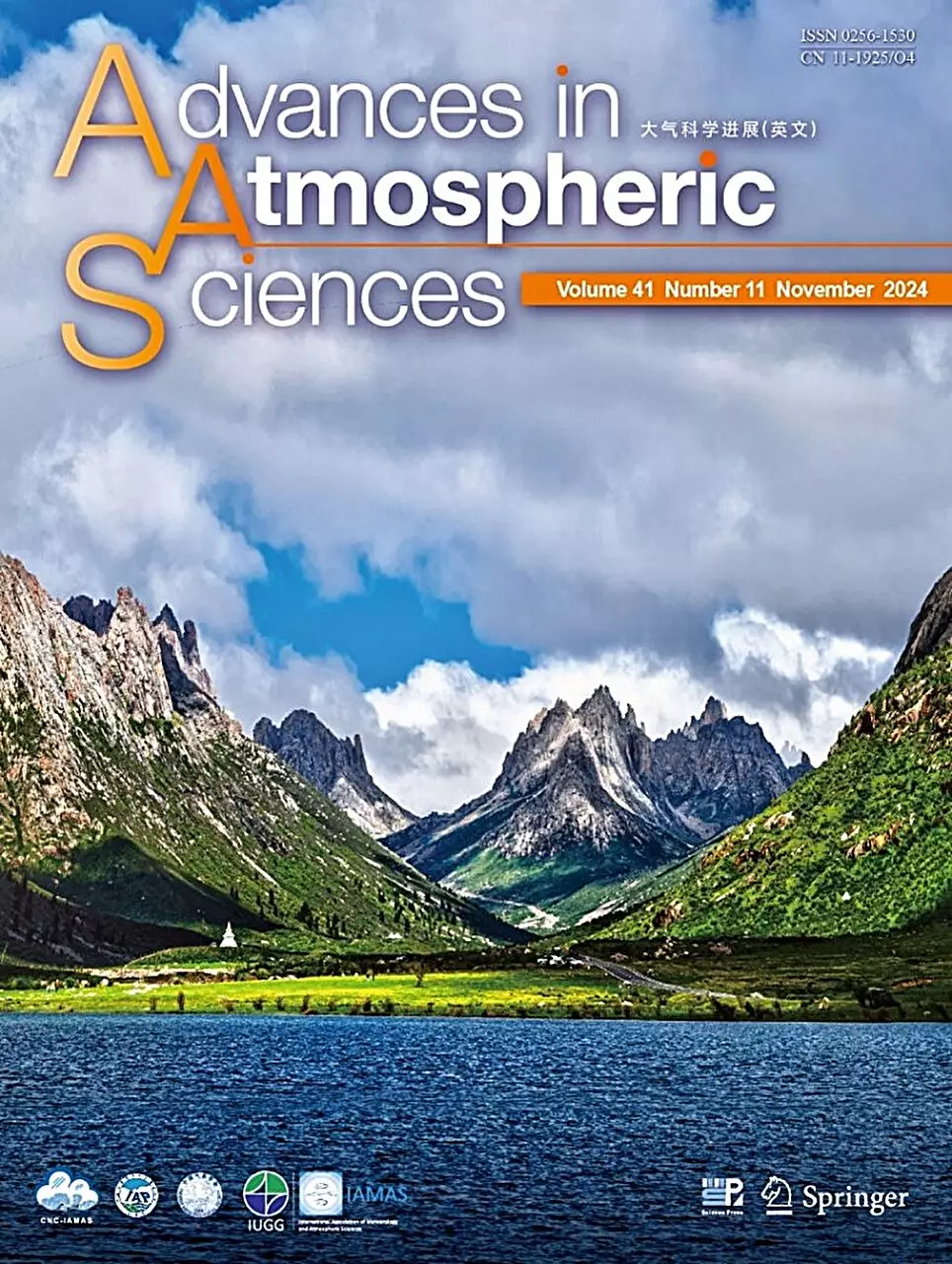Precipitation is a vital component of the Earth’s hydrological cycle, acting as a crucial supplier of freshwater to ecosystems and human settlements alike. However, its dual nature can be both advantageous and detrimental. While the rain revitalizes rivers, supports agriculture, and replenishes reservoirs, it can equally lead to catastrophic events such as floods, landslides, and other environmental disasters. Accurate understanding and reliable forecasting of precipitation types are fundamental for effective water management and disaster preparedness. However, this task becomes increasingly complex in certain geographical areas, particularly high-altitude regions like the Tibetan Plateau.
The Tibetan Plateau, often referred to as the “Roof of the World,” presents unique challenges for meteorological scientists. Its elevated terrain, which can reach more than 4,000 meters above sea level, significantly influences local weather patterns and complicates the collection of accurate precipitation data. Traditional methods of observation, whether terrestrial or through satellite technology, encounter notable difficulties due to the plateau’s high altitude, which is frequently near the freezing level in the atmosphere. This elevation leads to an increased likelihood of misclassifying types of precipitation, hampering meteorologists’ ability to accurately assess weather patterns and predict events.
One of the notable issues stems from the tendency for weak convective precipitation to be wrongly categorized as stratiform precipitation. In a geographical context where such misclassification has dire implications—particularly for the communities that depend on precise weather data for safety and agricultural planning—this problem cannot be overlooked.
In a significant breakthrough, a recent study co-authored by Prof. Fu Yunfei from the University of Science and Technology of China (USTC) emerges as a focal point for addressing these classification challenges. The team critically evaluated existing algorithms used to categorize precipitation types based on satellite radar data. Highlighting the shortcomings of conventional methodologies, they discovered that previous models simplified the classification process and were often ineffectual for the intricacies of the Tibetan Plateau’s environment.
The newly developed algorithm incorporates a more nuanced approach, factoring in various parameters such as reflectivity factor, maximum echo heights, and background data. This granular method allows for a broader classification spectrum, distinguishing between types such as “strong convective,” “weak convective,” and others more effectively than ever before. Such advancements promise to significantly reduce misidentification errors and enhance the reliability of precipitation forecasting.
The implications of this enhanced understanding of precipitation dynamics are far-reaching, especially for communities living in mountainous terrains like the Tibetan Plateau. Accurate weather predictions can empower local populations to prepare for and respond to various weather events, mitigating disaster risks associated with unpredictable rainfall patterns. The improved algorithm stands to make a meaningful impact on environmental management and resource allocation in regions heavily reliant on precise weather data.
However, while these advancements mark a significant step forward, there remain hurdles to overcome. Prof. Fu emphasizes the ongoing need for research to validate the presence of stratiform precipitation specifically during the summer months. Identifying these types of precipitation via satellite technology remains a critical area of focus and was underscored as a necessary next step for the research team.
As we continue to delve into the complexities of meteorology, particularly in challenging environments like the Tibetan Plateau, it is clear that a standardized approach cannot suffice. By embracing the intricacies of local weather systems and fostering innovative methodologies, scientists can improve the accuracy of precipitation data vital for communities at risk of natural disasters. The future of meteorological research holds promise, not only for improved scientific understanding but also for the betterment of lives dependent on the intricacies of weather patterns. With ongoing commitment and further investigations, researchers aim to unravel the remaining mysteries of precipitation, ensuring that both people and the environment can thrive in harmony.


Leave a Reply